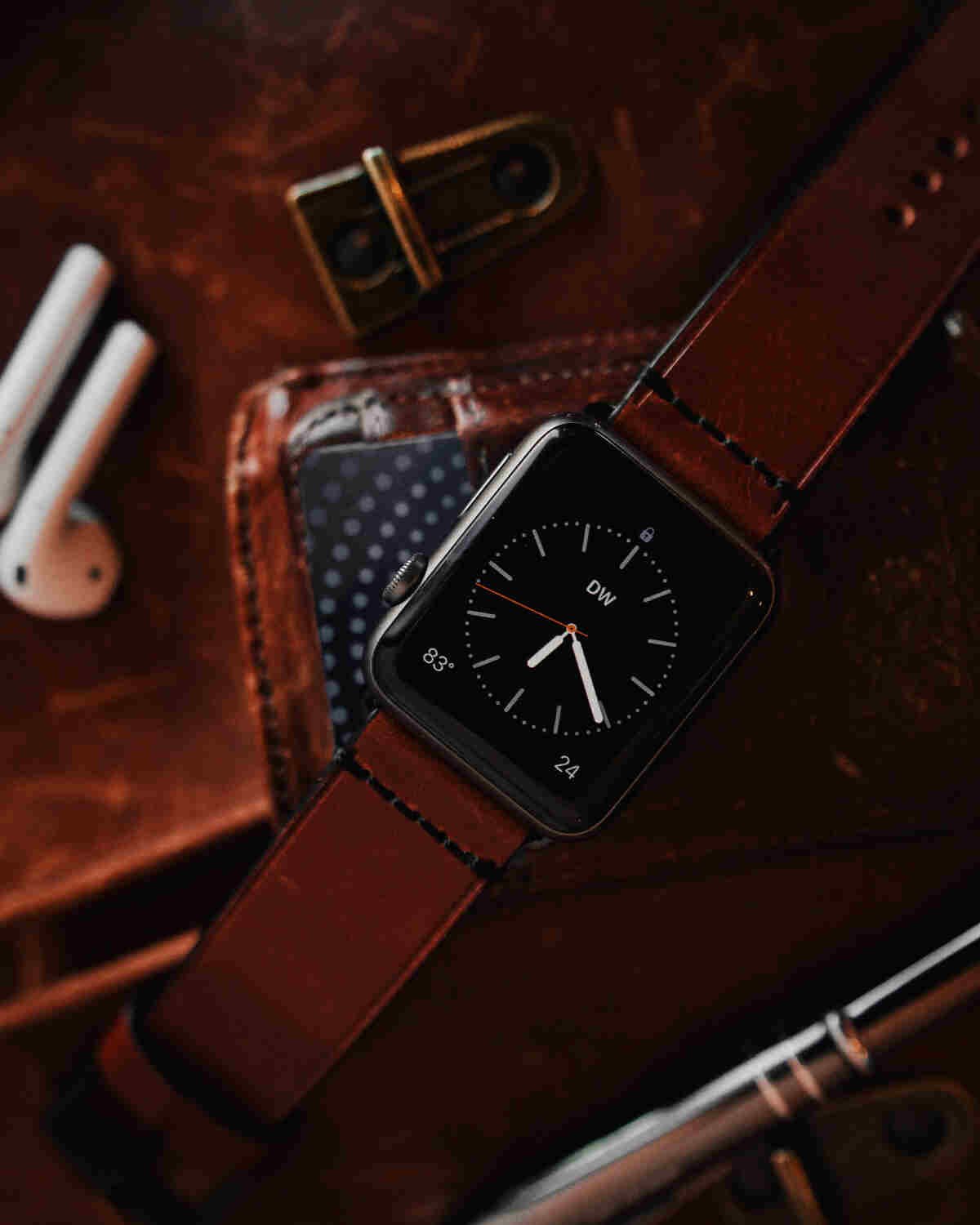Explore the World of Couture Fashion: Key Characteristics and Historical Evolution

Introduction to Couture Fashion
Couture fashion stands at the pinnacle of the fashion industry, representing the epitome of luxury, exclusivity, and craftsmanship. Originating in 19th-century Paris, couture fashion has evolved into a symbol of elegance and sophistication. This article delves into the world of couture fashion, exploring its key characteristics, historical evolution, iconic houses, production process, societal impact, challenges, and future trends.
Key Characteristics of Couture Fashion
- Exclusivity and Customization: Couture fashion is known for its exclusivity, with each garment tailored to fit the individual client perfectly. Designers work closely with clients to create one-of-a-kind pieces that reflect their personal style and preferences.
- High-Quality Craftsmanship: Couture garments are meticulously crafted using the finest materials and techniques. Skilled artisans spend hours, sometimes days, hand-sewing intricate details and embellishments to ensure the highest level of quality and craftsmanship.
- Attention to Detail: Fashion is all about the details. From hand-stitched seams to delicate beading and embroidery, every aspect of a couture garment is carefully considered and executed to perfection.
- Innovation and Creativity: Couture designers are known for pushing the boundaries of fashion and experimenting with new techniques and materials. They often incorporate innovative design elements and avant-garde concepts into their collections, setting trends and inspiring other designers.
- Timelessness: Couture fashion transcends trends and seasons, with many pieces designed to withstand the test of time. Classic silhouettes, elegant lines, and timeless aesthetics are hallmarks of couture design, ensuring that each garment remains relevant and coveted for years to come.
- Luxury and Prestige: Couture fashion is synonymous with luxury and prestige, representing the pinnacle of sartorial excellence. Wearing a couture garment is not just about dressing well, but also about making a statement and exuding confidence and sophistication.
- Handmade Excellence: Unlike mass-produced clothing, couture garments are made by hand from start to finish. Each piece is a labor of love, with skilled artisans dedicating their time and expertise to create something truly exceptional.
Historical Evolution of Couture Fashion
Fashion has a rich and storied history than that dates back to 19th-century Paris. Its origins can be traced to Charles Frederick Worth, an English designer who established the first haute couture house in the 1850s. Worth’s innovative approach to fashion, which involved creating made-to-measure garments for individual clients, laid the foundation for the couture industry as we know it today. Throughout the late 19th and early 20th centuries, Paris emerged as the epicenter of haute couture. Attracting talented designers and elite clientele from around the world.
The golden age of fashion saw the rise of iconic designers like Christian Dior and Coco Chanel, who revolutionized the industry with their glamorous designs and impeccable craftsmanship. In the latter half of the 20th century, fashion underwent significant changes to adapt to the evolving tastes and lifestyles of consumers. Today, fashion continues to thrive as a symbol of luxury, creativity, and innovation. With designers pushing the boundaries of design and embracing sustainability to create a more responsible and inclusive future for the industry.
Iconic Couture Fashion Houses
Iconic couture fashion houses have played a pivotal role in shaping the landscape of haute couture throughout history. Among these legendary houses is Chanel, founded by the visionary Coco Chanel in the early 20th century. Chanel revolutionized women’s fashion with her timeless designs. Including the iconic Chanel suit and the little black dress, cementing her status as a fashion icon. Another influential couture house is Christian Dior, established in post-World War II Paris. Dior’s New Look silhouette, characterized by a nipped waist and full skirt. Epitomized femininity and glamour, setting a new standard for haute couture.
Valentino, founded by Valentino Garavani in the 1960s, is renowned for its romantic designs and exquisite craftsmanship. Known for his use of luxurious fabrics and intricate embellishments. Valentino has dressed some of the world’s most stylish women, from royalty to Hollywood celebrities. Versace, founded by Gianni Versace in the 1970s, is celebrated for its bold aesthetic and opulent creations. Versace’s daring designs, featuring vibrant colors, baroque prints, and figure-hugging silhouettes, have made the brand synonymous with luxury and excess. These iconic fashion houses continue to inspire and influence the world of fashion with their creativity, innovation, and enduring legacy.
The Couture Fashion Process
The couture fashion process is a meticulously orchestrated journey from concept to creation. Characterized by unparalleled attention to detail and craftsmanship. It begins with the designer’s vision, which is translated into sketches and design concepts. These initial ideas serve as the blueprint for the creation of the garment. Next comes the selection of fabrics and materials, a crucial step in bringing the designer’s vision to life. Couture houses often source the finest fabrics from around the world, including silk, satin, and organza. To ensure the highest quality and luxurious texture.
Once we choose the materials, skilled artisans and seamstresses start handcrafting the garment. They meticulously cut, sew, and tailor each piece to perfection, executing every seam and stitch with precision and care. Throughout the production process, the garment undergoes multiple fittings and alterations to ensure a flawless fit and silhouette. This dedication to perfection is what sets couture fashion apart, resulting in exquisite garments than that are truly works of art.
The Role of Couture Fashion in Society
Fashion plays a multifaceted role in society, serving as both a symbol of status and a source of cultural inspiration. At its core, couture fashion embodies luxury, sophistication, and exclusivity, making it a coveted status symbol among the elite. Royalty, celebrities, and socialites often wear couture garments, signaling wealth, power, and prestige. Beyond its symbolic value, fashion also serves as a cultural artifact, reflecting the artistic and creative expression of its designers.
Couture collections often draw inspiration from diverse sources. Including art, history, and global cultures, influencing trends and shaping the broader fashion landscape. Moreover, couture fashion serves as a platform for innovation and experimentation, pushing the boundaries of design and craftsmanship. By combining tradition with innovation, couture fashion continues to captivate and inspire audiences worldwide. Leaving an indelible mark on the world of fashion and beyond.
Challenges and Criticisms of Couture Fashion
Despite its allure and prestige, couture fashion faces several challenges and criticisms in today’s society. One of the primary challenges is accessibility, as couture garments are often prohibitively expensive and exclusive to a select few. The high cost of fashion can perpetuate elitism and exclusivity, making it inaccessible to the majority of consumers. Additionally, the environmental impact of couture production raises sustainability concerns. The use of luxury materials and the intensive labor involved in creating couture garments contribute to environmental degradation and carbon emissions.
Moreover, the fast-paced nature of the fashion industry and changing consumer preferences pose challenges for traditional couture houses. As consumers increasingly gravitate towards casual and sustainable fashion, couture houses must adapt to remain relevant in a rapidly evolving market. Despite these challenges, fashion continues to captivate and inspire audiences with its timeless elegance and craftsmanship.
Future Trends in Couture Fashion
Fashion will embrace technological advancements while upholding its tradition of craftsmanship and luxury as it looks ahead. Innovations such as 3D printing and digital design tools are revolutionizing the production process. Allowing designers to push the boundaries of creativity and experimentation. These technologies enable couture houses to create intricate designs and intricate detailing with greater precision and efficiency. Moreover, there is a growing emphasis on inclusivity and diversity in couture fashion. With designers embracing models of different backgrounds, body types, and ages.
This shift towards inclusivity reflects changing societal norms and values. As well as the desire for fashion to be more representative of diverse perspectives and experiences. Sustainability will also be a key focus in the future of fashion. With designers exploring eco-friendly materials, ethical production methods, and circular fashion models to minimize their environmental impact. By embracing innovation, inclusivity, and sustainability. The fashion industry will continue to be inspired and captivated by Fashion for generations to come.
Conclusion
In conclusion, couture fashion remains a captivating realm of creativity, luxury, and tradition. From its humble beginnings in 19th-century Paris to its modern-day manifestations, couture fashion continues to inspire awe and admiration. While facing challenges and criticisms, couture fashion persists as a symbol of excellence and craftsmanship, shaping the fashion industry and society at large.






